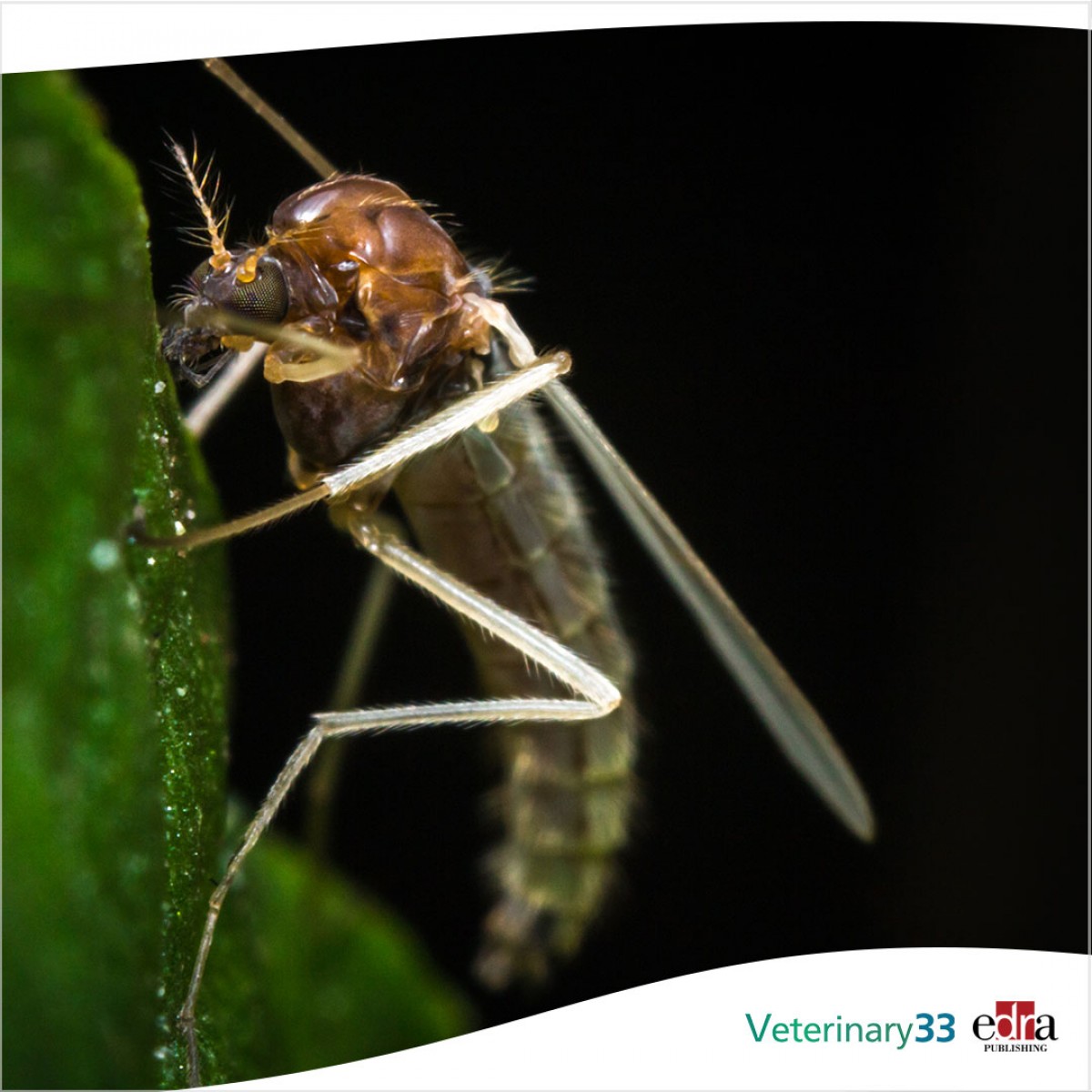Leptospira spp. prevalence in cats from southern Italy
Antibodies against Leptospira spp. were detected in 15.3% of cats
Leptospirosis is a worldwide zoonotic disease, but feline leptospirosis is rarely reported. This study aimed to investigate Leptospira spp. prevalence in cats from southern Italy, evaluating risk factors, clinical findings and laboratory data associated with infection.
Researchers analyzed the serum of 112 cats by microscopic agglutination test (MAT), detecting anti-Leptospira antibodies against 14 pathogenic serovars. Blood and urine samples were tested by a real-time polymerase chain reaction targeting the lipL32 gene of pathogenic Leptospira.
Antibodies against serovars Poi, Bratislava, Arborea, Ballum, Pomona and Lora were detected in 15% or 17 of 111 cats. The research team found Leptospira spp. DNA in three percent of blood samples and nine percent of urine samples.
The spring season was the only risk factor for urinary Leptospira DNA shedding. Laboratory abnormalities significantly associated or correlated with Leptospira spp. positivity were anemia, monocytosis, neutrophilia, eosinopenia, increased alanine aminotransferase activity, hypoalbuminemia and hyperglobulinemia.
The researchers concluded that in the investigated areas, cats are frequently infected by Leptospira spp. and can represent an additional reservoir or sentinel for a risk of infection. Moreover, some laboratory changes could be compatible with a pathogenic effect of Leptospira spp. in the feline host.
Giulia Donato, et al. “Leptospira spp. Prevalence in Cats from Southern Italy with Evaluation of Risk Factors for Exposure and Clinical Findings in Infected Cats.” Pathogens. 2022 Sep 30;11(10):1129. doi: 10.3390/pathogens11101129.














List
Add
Please enter a comment